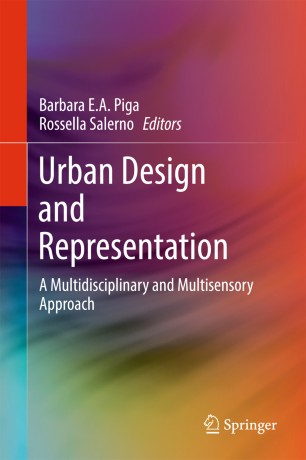To Be There, Or Not To Be. Designing Subjective Urban Experiences
Marco Boffi, N. Rainisio

Abstract
This chapter proposes innovative paths of interaction between design sciences and psychology, highlighting man-environment transaction models that could be integrated into design practices through the aid of urban simulation techniques. In particular, it is argued that designers mainly base their activity on implicit models coming from the behaviorist and cognitive psychological tradition, criticized as inadequate to richly depict people experience in environment, as they neglect its complexity, immersivity and eminently social nature. A psychological approach based on the central role of subjective experience is advanced, focusing on optimal experiences and their heuristic potential for design sciences. Some useful tools for an anticipated assessment of spatial design projects through urban simulation are presented. It is also underlined the relevance of urban simulation for the general public, as it is often involved in processes of urban renewal that are strictly connected with the social debate in the contemporary city. The need for an interdisciplinary approach is stressed, proposing to conceive the simulations as urban cultural artifacts able to promote social engagement and community well-being.
Boffi, M., and N. Rainisio. “To Be There, Or Not To Be. Designing Subjective Urban Experiences.” In Urban Design and Representation, edited by Piga B. and Salerno R. Cham: Springer, 2017. https://doi.org/10.1007/978-3-319-51804-6_4


